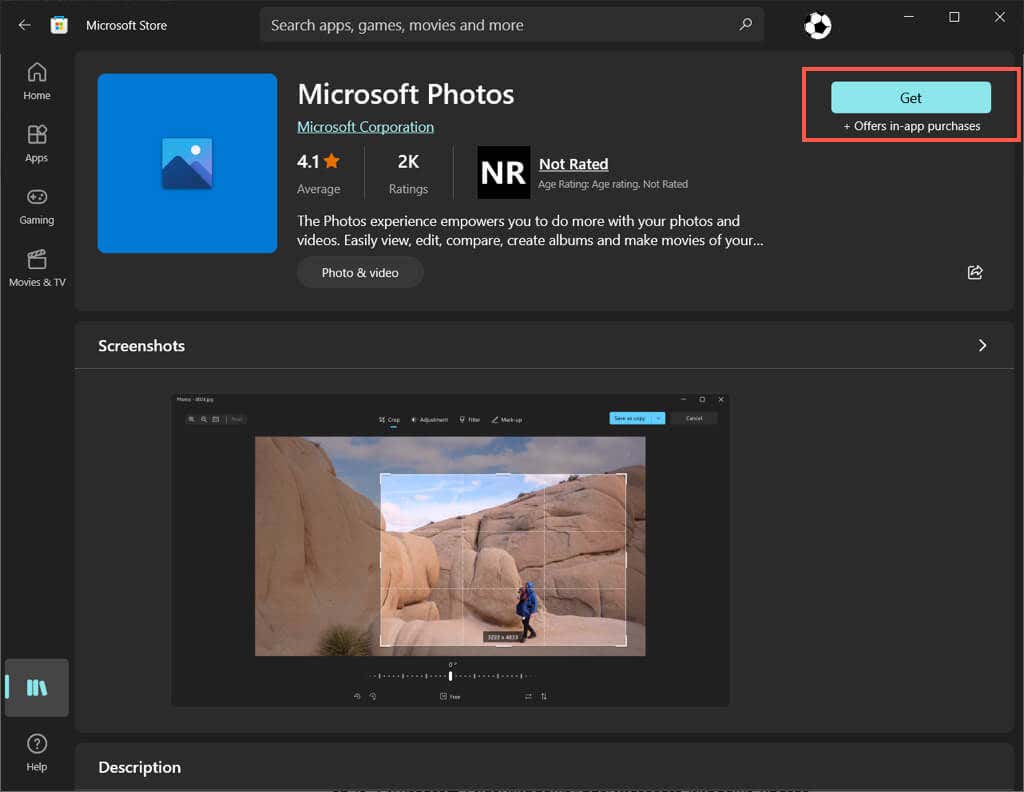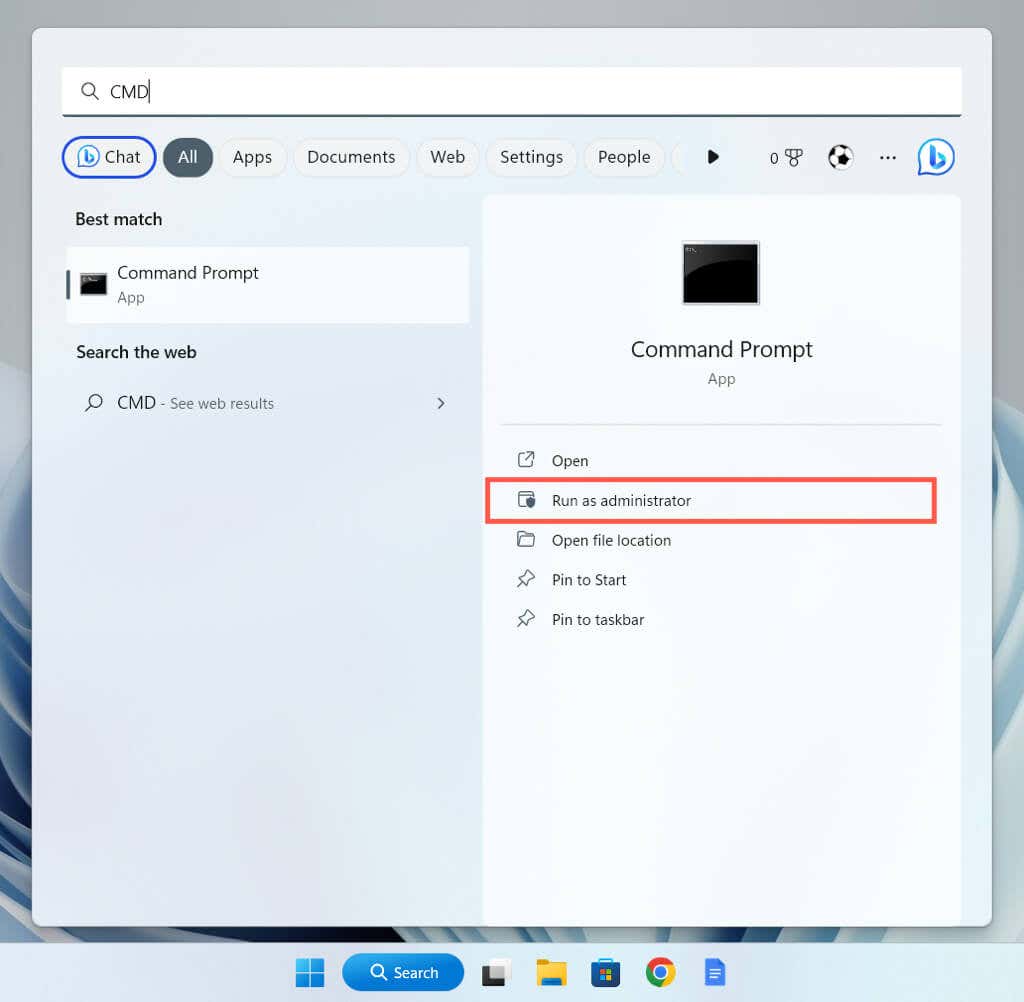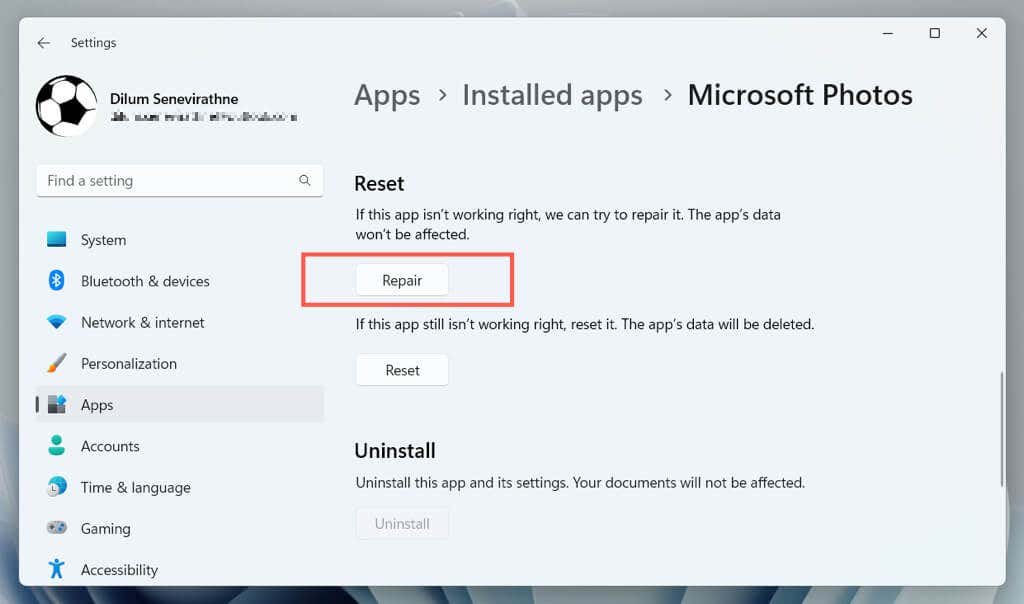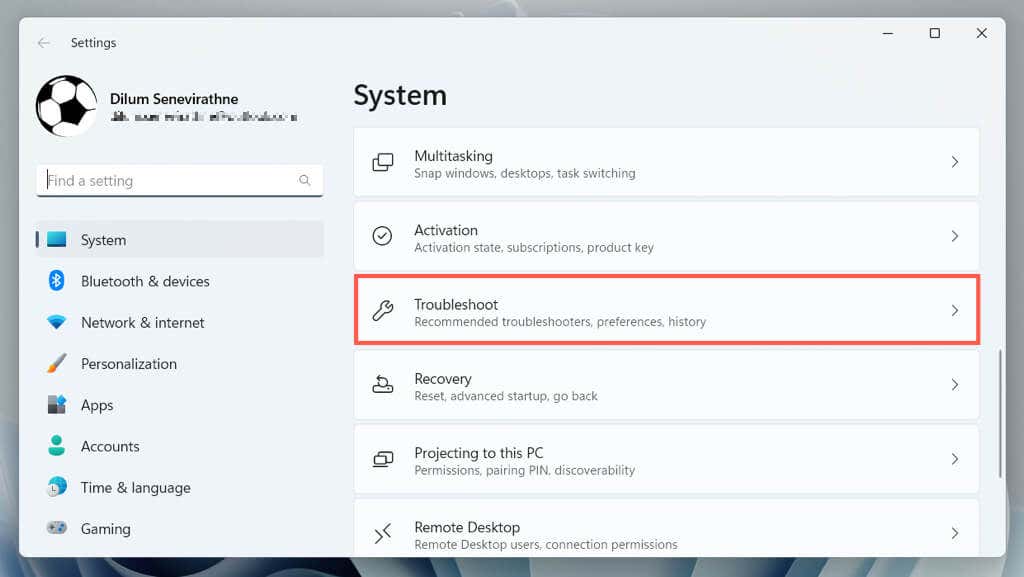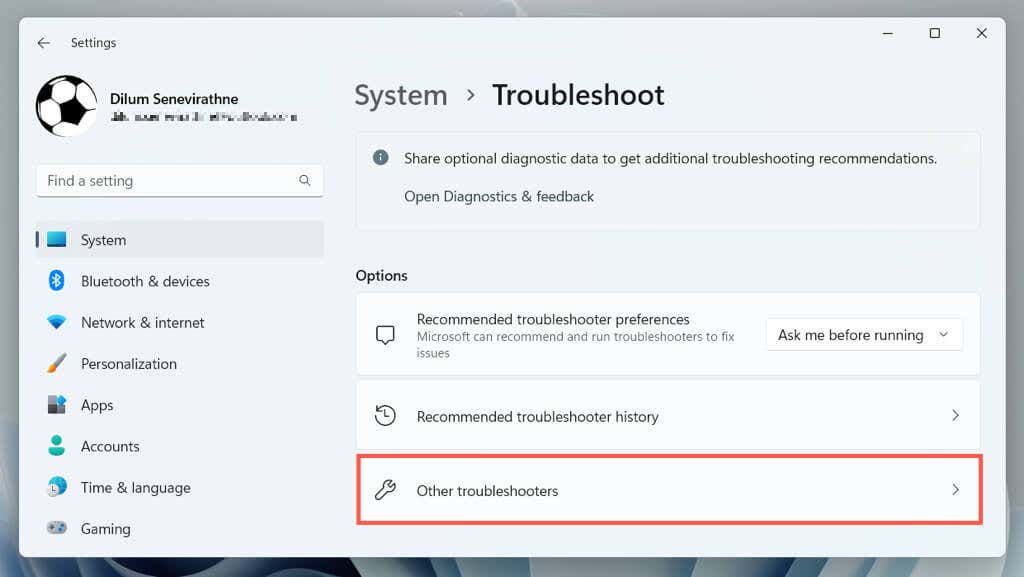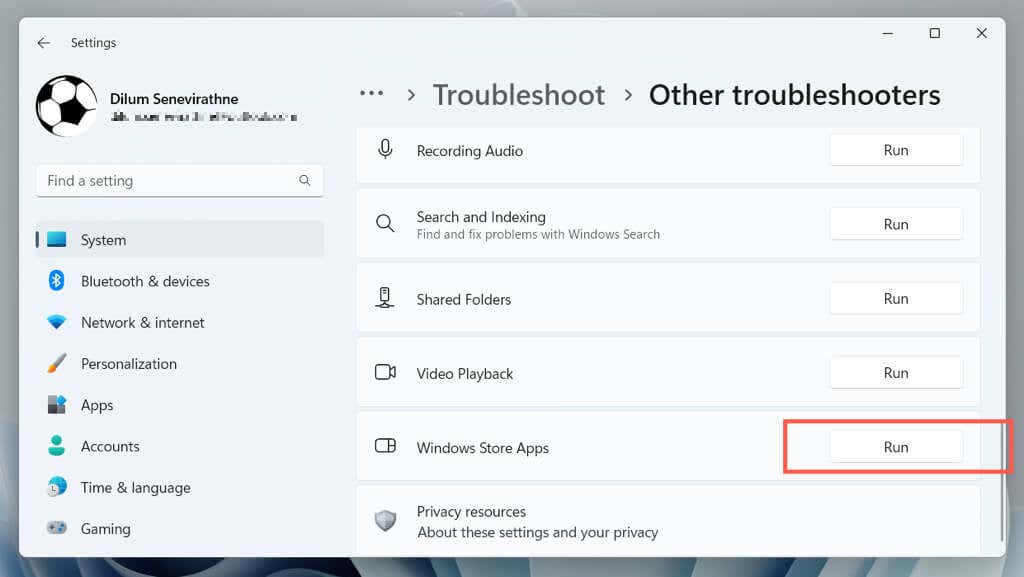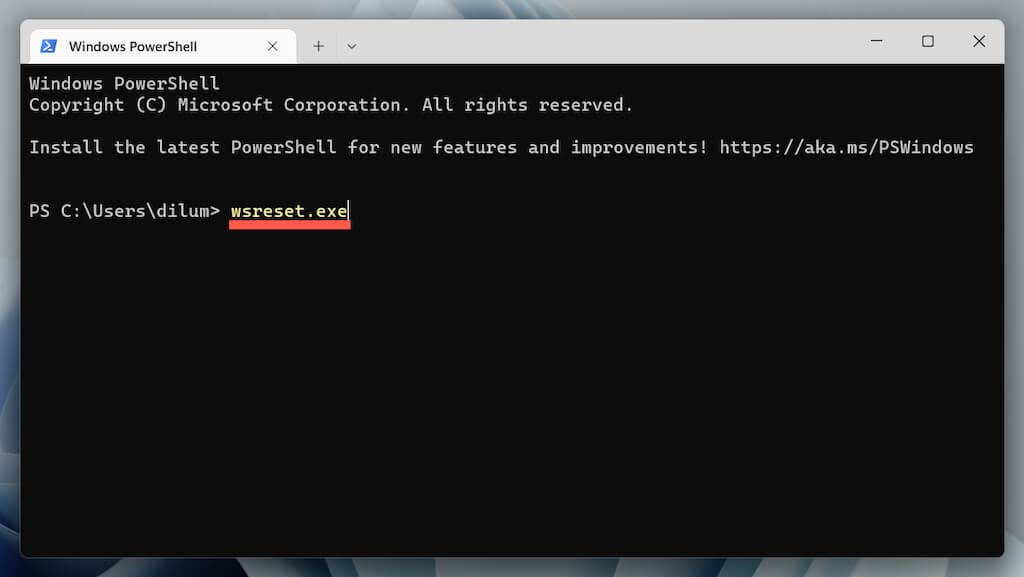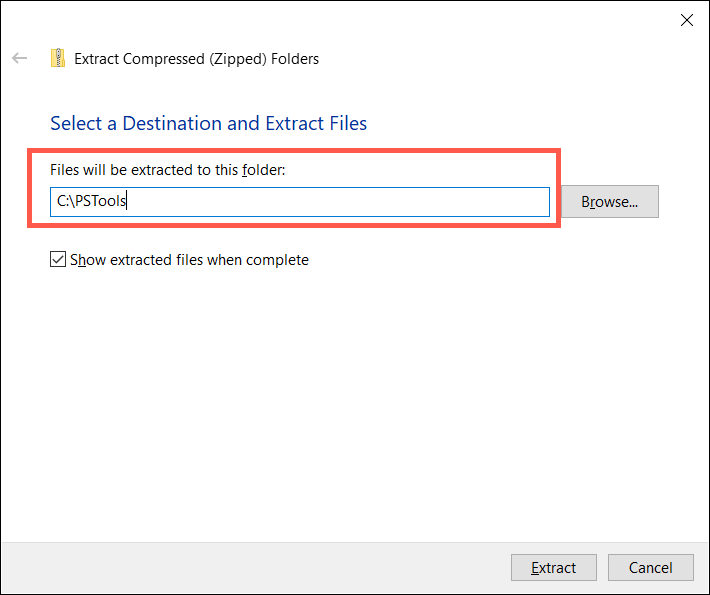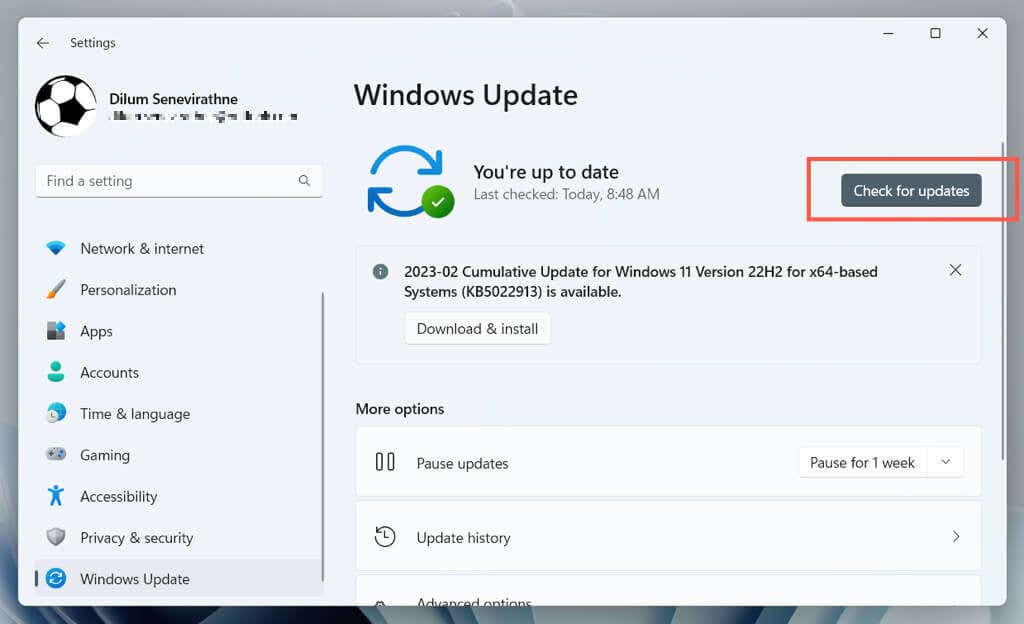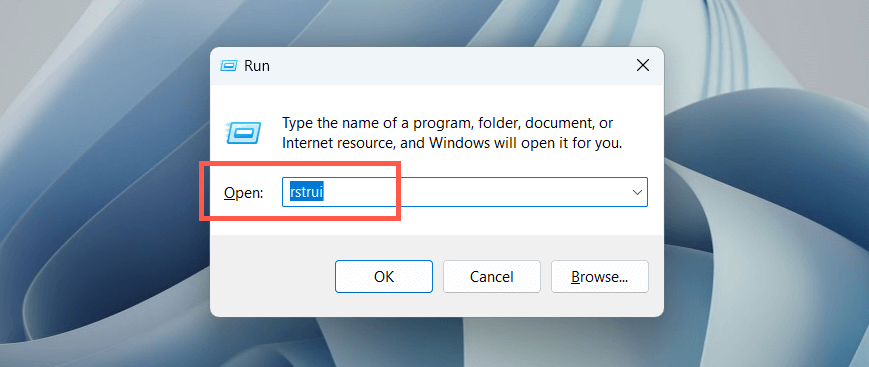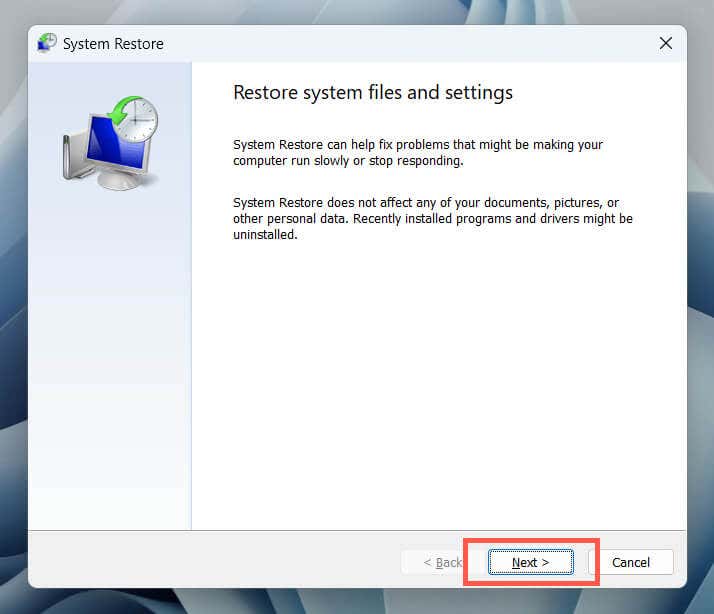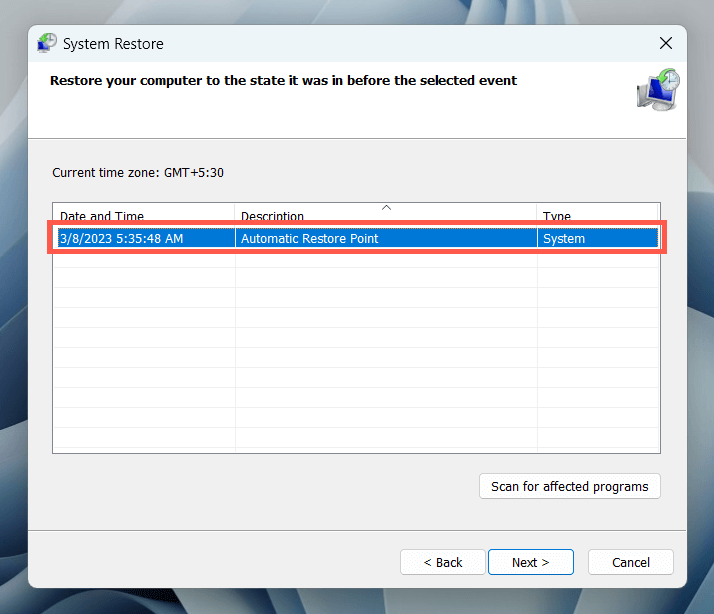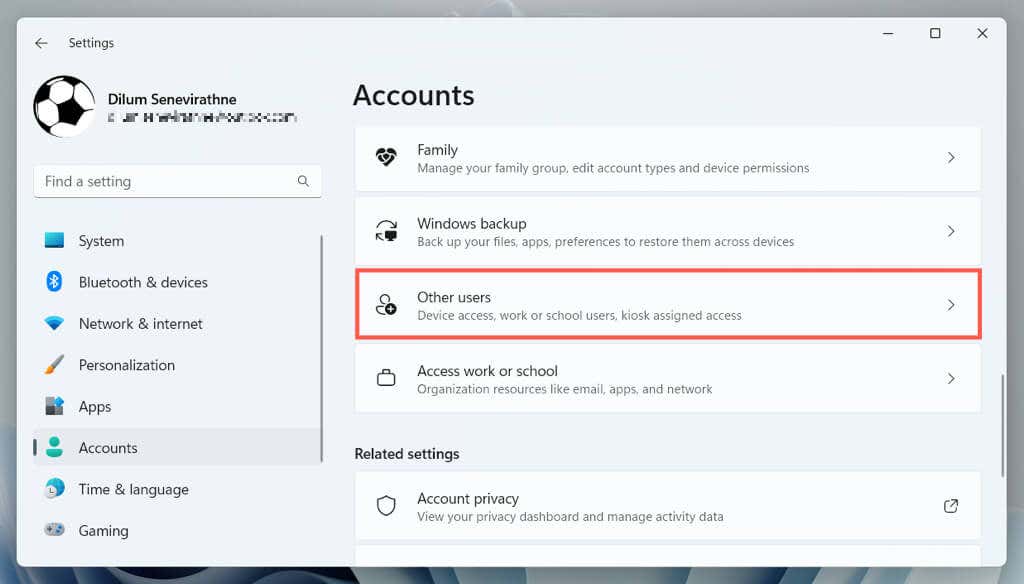If a Windows reboot didn’t help (try that if you haven’t already), the good news is that there are several ways to get the Photos app back in Windows. This tutorial will guide you through the most effective methods to fix the Microsoft Photos app missing issue on Windows 11 and 10.
1. Make Sure the Photos App Is Installed
The first thing you must do is double-check if the Photos app is installed on your Windows computer. To do that: Photos is already installed if you see an Open button, but a software issue prevents you from locating or opening it. In that case, move on with the fixes below.
2. Re-register the Photos App
If the Photos app is installed but fails to appear throughout Windows, try re-registering the app with the operating system. That involves running a specific command through an elevated Command Prompt console. Here’s how: PowerShell -ExecutionPolicy Unrestricted -Command “& {$manifest = (Get-AppxPackage Photos).InstallLocation + ‘\AppxManifest.xml’ ; Add-AppxPackage -DisableDevelopmentMode -Register $manifest}”
3. Repair or Reset the Photos App
If you still have trouble locating and opening Photos, you should repair the app installation to fix issues with potential file corruption. To do that: If repairing the app does not help, select Reset to restore Photos to its factory defaults.
4. Run Windows Store Apps Troubleshooter
The Windows Store Apps troubleshooter helps identify and fix issues with Photos and other apps from the Microsoft Store. If the problem persists, here’s how to run it:
5. Clear the Microsoft Store App Cache
Microsoft Store cache corruption triggers various issues with native apps in Windows 10 and 11. If Photos is still missing after trying other fixes, run the WSReset tool to remove and rebuild the Store cache. To do that:
6. Uninstall and Reinstall the Photos App
The following fix involves completely removing and reinstalling the Photos app with the help of PsTools from Microsoft. Here’s how: Get-AppxPackage photos | Remove-AppxPackage C:\PSTools\PsExec.exe -sid C:\Windows\System32\cmd.exe rd /s “C:\Program Files\WindowsApps\Microsoft.Windows.Photos_ Note: You may have to press Tab repeatedly until you see x64 as part of the folder name, similar to what you see in the screenshot above.
7. Run SFC and DISM Scan
Running an SFC (System File Checker) and DISM (Deployment Image Servicing and Management) scan can help identify and fix corrupt Windows system files preventing the Photos app from showing up.
To do that, open an elevated Windows PowerShell console, run the following commands one after the other, and wait until each tool scans the hard drive’s system partition for issues:
sfc /scannow DISM.exe /Online /Cleanup-Image /Restorehealth
8. Update to the Latest Version of Windows
Installing the latest Windows updates resolves loads of bugs and glitches preventing applications from working correctly. If the Microsoft Photos app is still missing: If there are pending Windows updates, select Download and Install to install them. You must restart your computer to finalize the updates.
9. Perform a System Restore
If all else fails and Photos is still missing or not working, you must perform a system restore to a point when the app is present and functioning correctly. The procedure removes updates, apps, and settings from the restore point, so you must create a backup of important files before proceeding. When ready to move with a system restore, you must:
10. Create New User Account
Profile corruption issues in Windows are another factor preventing native programs like Photos from showing up. Create a new local account on your Windows PC and check if you can access the app that way.
Microsoft Photos App: Lost and Found
When you notice the Photos app has gone missing from your Windows computer, don’t panic. Whether it’s simply re-registering the app or performing advanced troubleshooting like a system restore or creating a new user account, there are plenty of options to get Photos back. Just be sure to back up important photos or files before attempting significant changes to your system. If none of the solutions above work, your only remaining option is to factory reset Windows 11 or 10 to its default settings. Alternatively, check our list of third-party Windows photo viewers that are not only superior in terms of usability but also support a more comprehensive range of image formats.

